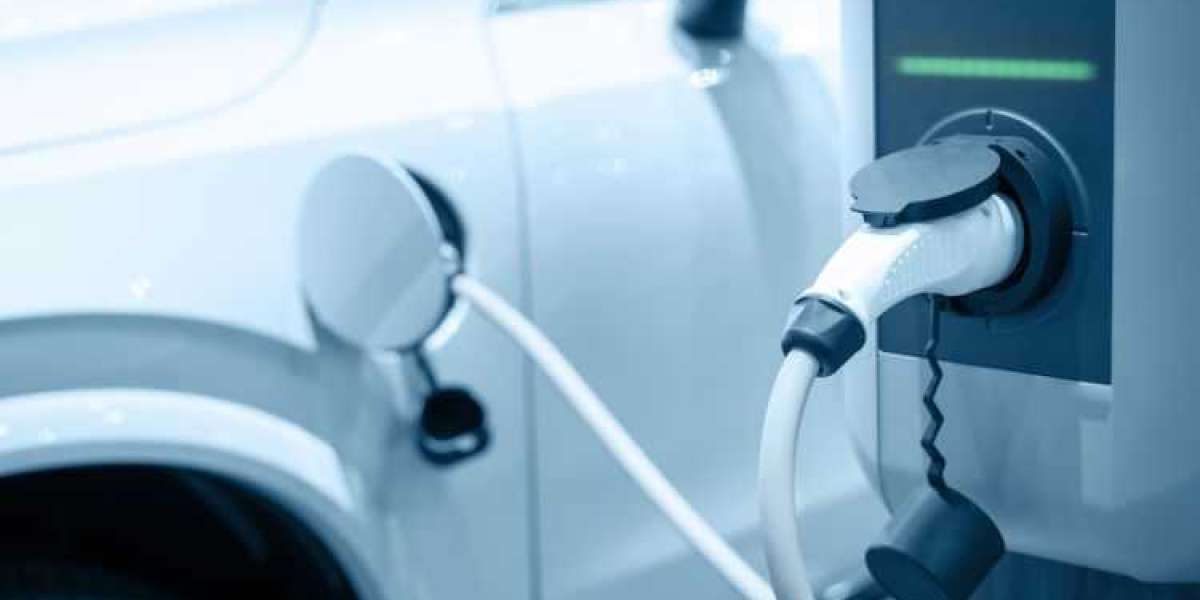As the global automotive landscape undergoes a transformative shift towards sustainability, South America finds itself at the forefront of embracing electric vehicles (EVs) with fervor. With a projected CAGR of 22.5% between 2024 and 2032, the South America electric vehicles market size stands as a beacon of innovation and sustainability. This article delves into the key dynamics, trends, and factors shaping this burgeoning market, along with an analysis of major players, challenges, and opportunities.
Market Overview and Segmentation
The South America electric vehicles market encompasses a diverse array of electric-powered vehicles, including battery electric vehicles (BEVs), plug-in hybrid electric vehicles (PHEVs), and hybrid electric vehicles (HEVs). This market is further segmented based on vehicle type, application, and geography.
In terms of vehicle type, BEVs are witnessing significant traction due to their zero-emission capabilities and advancing technology. PHEVs, offering the flexibility of both electric and conventional propulsion, are also gaining momentum. Additionally, HEVs, blending internal combustion engines with electric propulsion, cater to consumers seeking enhanced fuel efficiency.
Geographically, Brazil, Argentina, Chile, Colombia, and Peru emerge as key markets driving the adoption of electric vehicles in South America. Each country exhibits unique regulatory frameworks, consumer preferences, and infrastructure developments influencing market dynamics.
Key Benefits Driving Adoption
The transition towards electric vehicles in South America is underpinned by a myriad of benefits, both environmental and economic. Reduced greenhouse gas emissions, decreased reliance on fossil fuels, and improved air quality are among the foremost environmental advantages. Additionally, lower operating costs, tax incentives, and governmental subsidies incentivize consumers and businesses to embrace electric mobility.
Key Industry Developments
The South America electric vehicles market is witnessing a flurry of industry developments propelled by technological advancements and strategic collaborations. Major automakers are ramping up their electric vehicle offerings, investing in research and development to enhance battery technology and expand charging infrastructure. Moreover, partnerships between governments, utilities, and private entities are driving initiatives to bolster EV adoption through incentives and infrastructure development.
Driving Factors
Several factors are propelling the growth of the electric vehicles market in South America. Foremost among these is the introduction of favorable government initiatives aimed at phasing out internal combustion engine vehicles (ICEVs). Stringent emission regulations, coupled with rising environmental consciousness, are driving consumers and businesses towards cleaner mobility solutions. Additionally, advancing battery technology, declining battery costs, and expanding charging infrastructure are bolstering consumer confidence in electric vehicles.
COVID-19 Impact
The COVID-19 pandemic has had a mixed impact on the South America electric vehicles market. While temporary disruptions in manufacturing and supply chains were observed, the crisis also underscored the importance of resilient and sustainable transportation systems. As economies recover, there is a growing impetus to accelerate the transition towards electric mobility as part of broader resilience and sustainability agendas.
Restraint Factors
Despite the promising growth trajectory, the South America electric vehicles market faces certain constraints that warrant attention. These include challenges related to infrastructure development, such as the availability of charging stations and grid capacity. Range anxiety, limited model availability, and initial purchase costs also present barriers to widespread adoption. Addressing these challenges necessitates concerted efforts from stakeholders across the value chain.
Market Outlook and Trends
The outlook for the South America electric vehicles market remains bullish, driven by evolving consumer preferences, regulatory support, and technological innovation. Key trends shaping the market include the proliferation of electric vehicle models across various segments, the emergence of innovative business models such as car-sharing and subscription services, and the integration of renewable energy sources into charging infrastructure.
Industry Segmentation and Regional Analysis
The South America electric vehicles market can be segmented into passenger vehicles, commercial vehicles, and two-wheelers. Each segment presents unique opportunities and challenges, with passenger vehicles accounting for the majority of market share. Regional analysis reveals varying adoption rates and regulatory landscapes across South American countries, with Brazil emerging as a frontrunner in electric vehicle adoption.
Major Key Players
Leading players in the South America electric vehicles market include:
- General Motors Company
- BMW AG
- Audi AG
- Volkswagen AG
- Ford Motor Co.
- Mercedes Benz Group AG
- Groupe Renault
- Stellantis NV
- Hyundai Motor Co.
- Toyota Motor Corp.
These companies are actively involved in product innovation, strategic partnerships, and market expansion initiatives to gain a competitive edge in the burgeoning electric vehicles market.
Opportunities and Challenges
The South America electric vehicles market presents abundant opportunities for stakeholders across the value chain. These include expanding infrastructure investment, technological innovation, and collaborative efforts to address consumer concerns and regulatory requirements. However, challenges such as range anxiety, infrastructure constraints, and policy uncertainties underscore the need for sustained efforts to foster market growth and adoption.
Click here to checkout our other reports:- https://www.expertmarketresearch.com/reports/electric-motors-market



